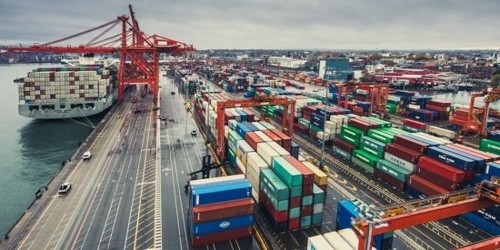Back Freight
Throughout history, seas have been fundamental to people across the earth as a means of transportation. The cost of shipping goods back to the port of destination after they have been overcarried. Back Freight denotes repayment of freight by a shipowner owing to his fault if a shipowner fails to deliver the goods according to the terms of the contract; the freight returned (partly or wholly) to the owner of the goods is called back freight. It is the freight for the carriage of goods returned undischarged from the port to which consigned. Additional charges are payable due to freight not being collected within a reasonable time at the port of discharge.
Many factors play a major role in determining whether to transport cargo via the ocean or air. It is the freight costs that are involved in returning the shipment to the Sender if the Importer refuses to accept the goods. If the master overcarried the goods for reasons beyond his control, the shipowner may be responsible for paying the back freight. If delivery was not accepted in a reasonable time at the port of destination and the master took the goods on or sent them back to the port of shipment, the back freight would be the responsibility of the cargo owner. Often includes master handling goods at the owner’s expense and may include transferring goods to another port. May refer to charges for goods to the consignor.
Disadvantages of ocean freight transportation services:
- Slow Speed: Ocean transportation is a more time-consuming mode and is ideal for those items which have a long lead time.
- Risky: Since there is a high amount of time involvement from shipping to delivery, the risks associated with ocean shipping are higher.
- Lack of Infrastructure: Certain parts of the world might not have the facilities of ports and terminals and can therefore not receive large ships carrying containers.
















